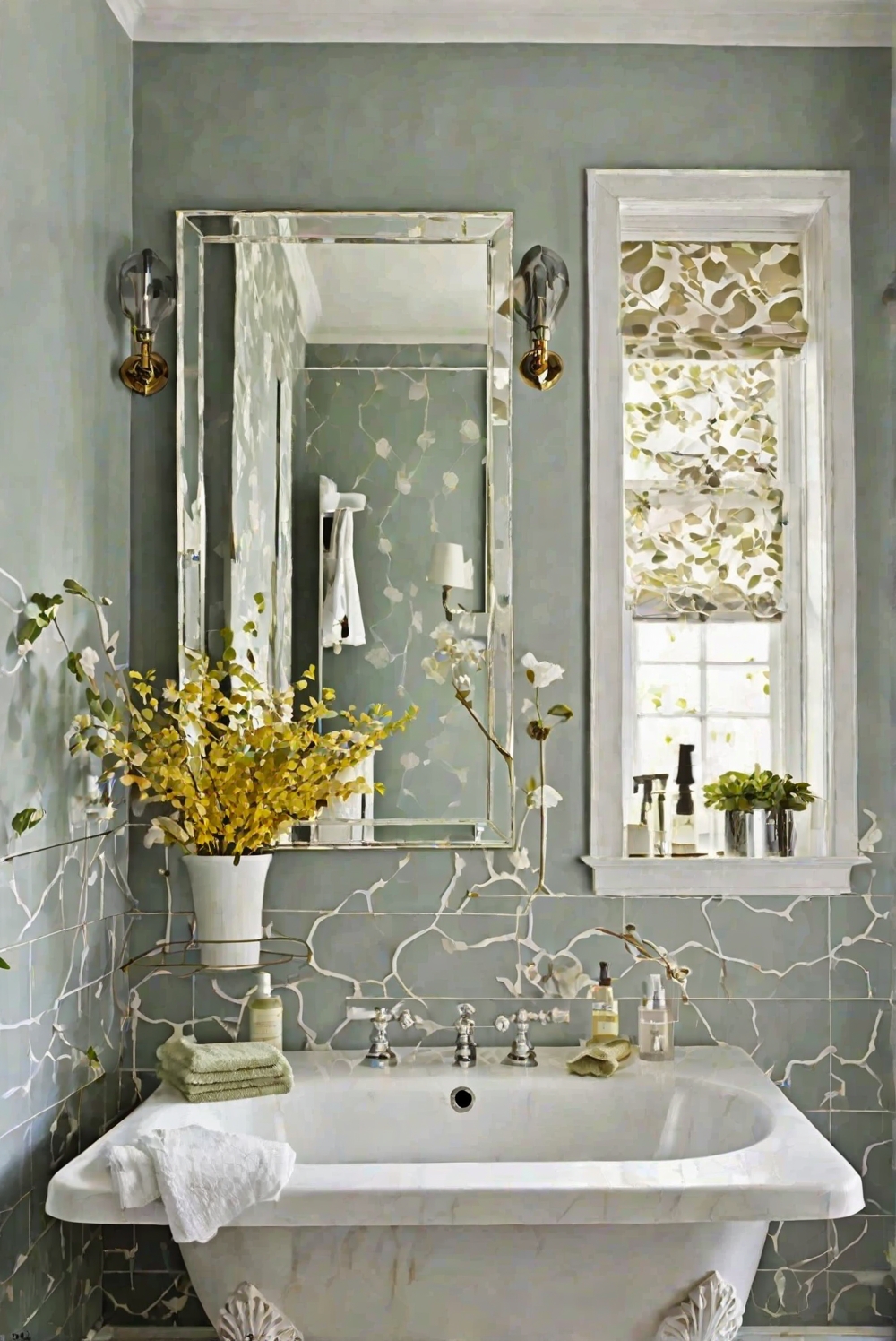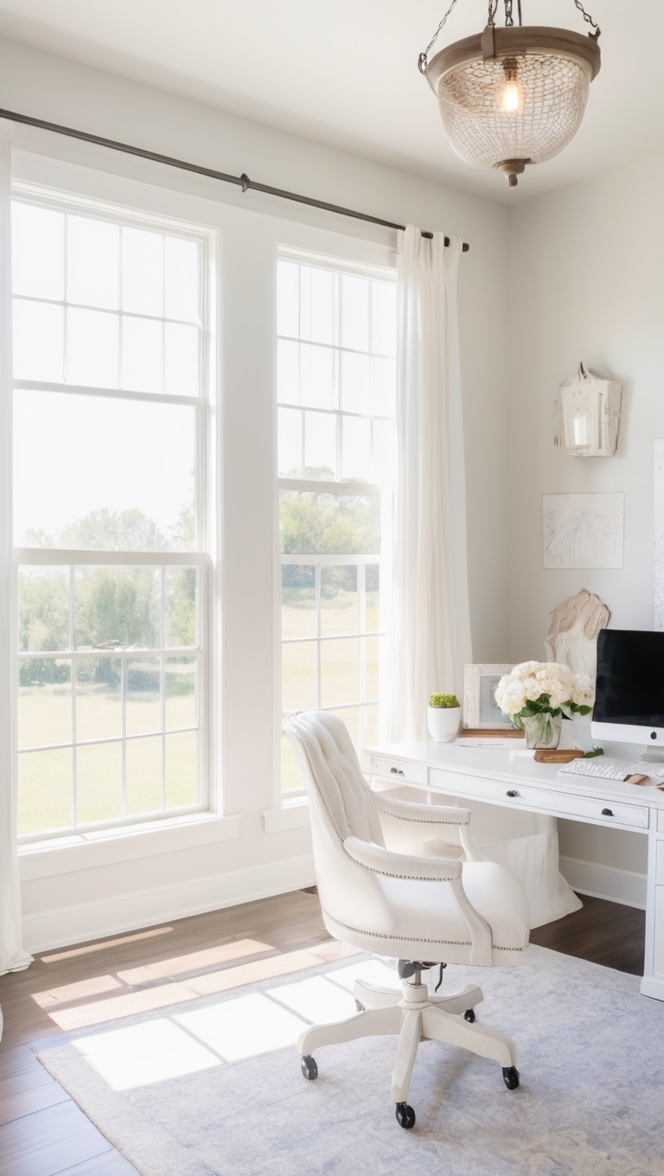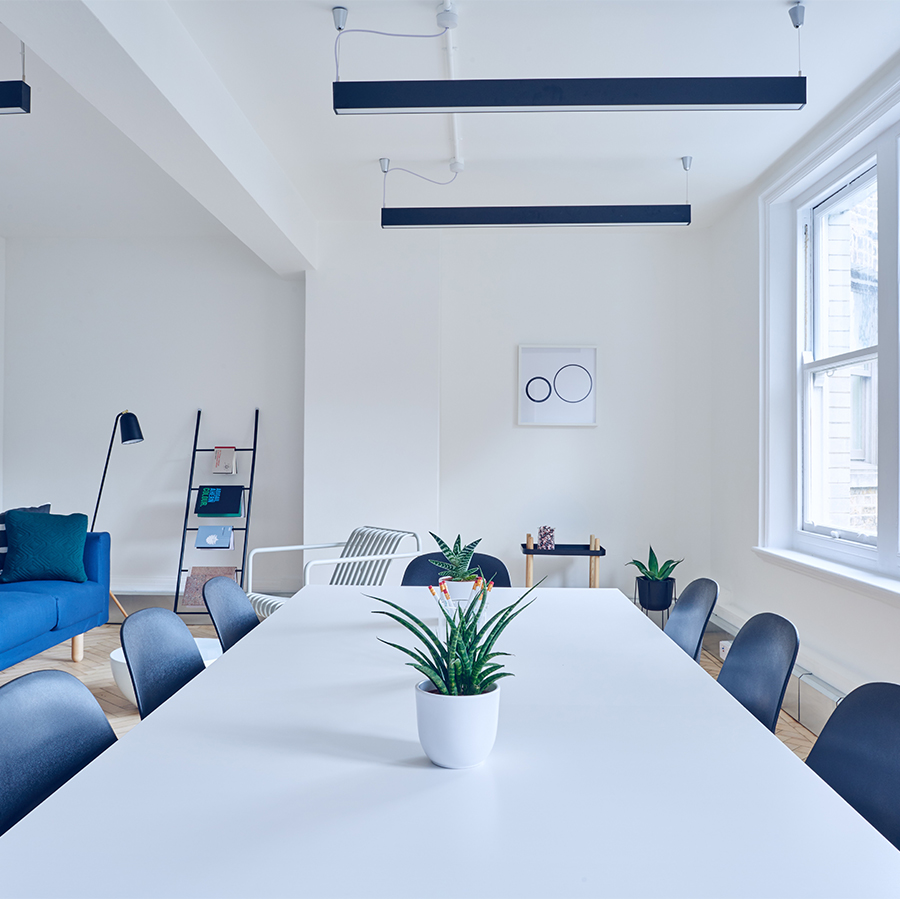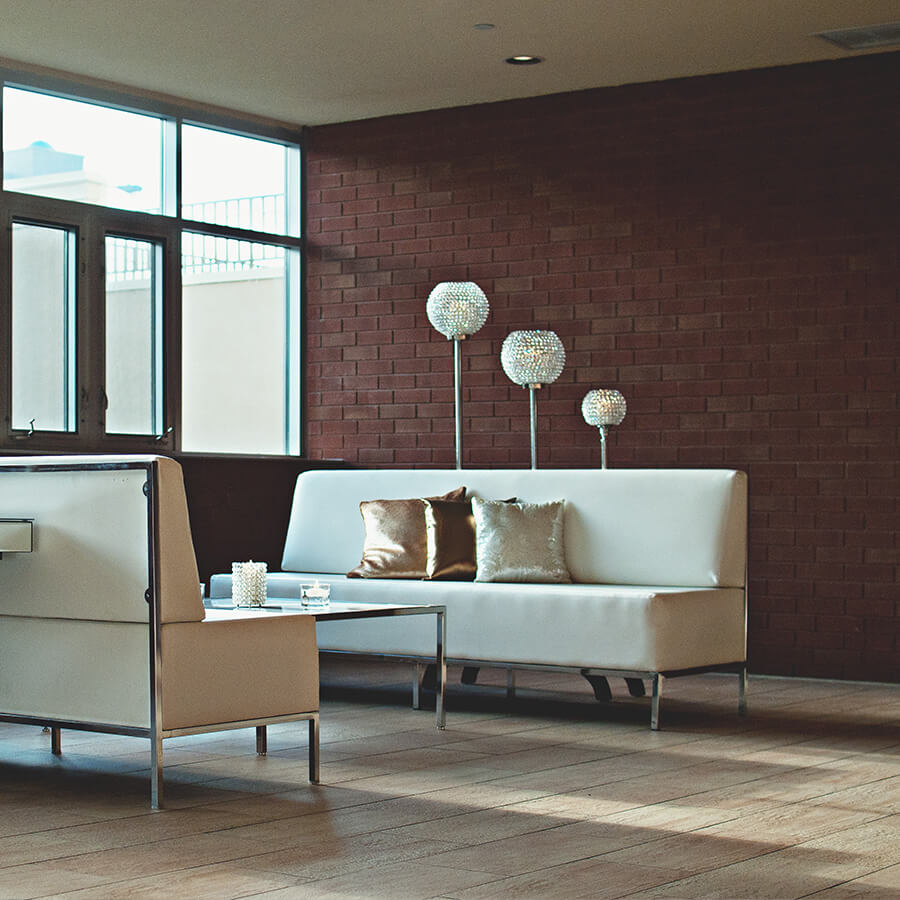Discover the ultimate guide to the most popular bathroom paint colors to transform your space. Elevate your bathroom style with these essential tips.
Explore the most popular bathroom paint colors: Your essential guide!
Choosing the right paint color for your bathroom can dramatically transform the space. Popular bathroom paint colors include soothing blues, soft grays, and crisp whites. These colors can create a relaxing and refreshing atmosphere, making your bathroom a tranquil retreat. To find the perfect color for your space, consider the size of your bathroom, the lighting, and your personal style preferences. Before painting, ensure proper surface preparation and use high-quality paint for long-lasting results. Don’t forget to test the color on a small area before committing to painting the entire room. Happy painting!
When it comes to choosing the right bathroom paint color for a small space, there are a few key factors to consider. You’ll want to opt for light and neutral shades that can make the room feel more spacious and open. White, light gray, beige, and soft pastel colors are all excellent choices for small bathrooms. These colors can reflect light and create a sense of airiness, making the space feel larger than it actually is.
If you’re looking to create a spa-like atmosphere in your bathroom, consider using soothing shades of blue or green. These colors are known for their calming properties and can help you relax and unwind after a long day. Soft blues like powder blue or aqua, as well as sage green or seafoam green, can evoke a sense of tranquility and luxury in your bathroom.
While dark paint colors can create a cozy and intimate feel in a bathroom, they may not be the best choice for small spaces. Dark colors tend to absorb light rather than reflect it, which can make a small bathroom feel even smaller. If you’re set on using dark colors, consider using them as accents rather than as the main wall color. For example, you could paint one wall a deep navy blue or charcoal gray to add a touch of drama without overwhelming the space.
Light and neutral colors offer a range of benefits for bathrooms. Apart from making a small space feel larger, these colors can also create a clean and timeless look. Neutral colors like white, beige, and soft gray can serve as a versatile backdrop that allows you to easily change up the decor and accessories in your bathroom without having to repaint the walls. Additionally, light colors can help conceal dirt, grime, and water stains, making them easier to maintain in a high-moisture environment like a bathroom.
When coordinating bathroom paint colors with existing tile and fixtures, it’s important to consider the overall color scheme of the room. If you have colorful or patterned tiles, opt for a neutral wall color that complements rather than competes with the tile. For example, if you have bright blue mosaic tiles, a soft gray or beige paint color would provide a subtle backdrop that lets the tiles take center stage. If your fixtures are in a specific finish like chrome or brass, choose a paint color that complements the metallic tones for a cohesive look.
Using bold, bright colors in a bathroom can add personality and flair to the space, but it comes with some risks. Bold colors can be overwhelming in a small bathroom and may make the room feel cramped or chaotic. If you’re set on using a bold color, consider using it in small doses or on an accent wall to prevent it from overpowering the space. Additionally, keep in mind that trends come and go, so choosing a trendy color may result in the need for frequent repainting to keep up with the latest styles.
Using moisture-resistant paint in a bathroom is essential for protecting your walls from water damage and mold growth. Bathrooms are high-moisture environments, so it’s important to choose a paint that can withstand humidity, steam, and splashes. Moisture-resistant paints are specially formulated to prevent mold and mildew growth and are easy to clean, making them ideal for bathrooms. Look for paints labeled as “bathroom paint” or “kitchen and bath paint” for the best protection against moisture-related issues.
In conclusion, choosing the right bathroom paint color can transform your space and create a soothing and stylish oasis. Whether you prefer light and neutral shades for a spacious look or bold and bright colors for a pop of personality, there are endless possibilities to enhance your bathroom. By considering factors like room size, existing fixtures, and moisture resistance, you can make an informed decision that will elevate your bathroom design. Experiment with different colors and find the perfect hue to reflect your personal style and create the bathroom of your dreams.








